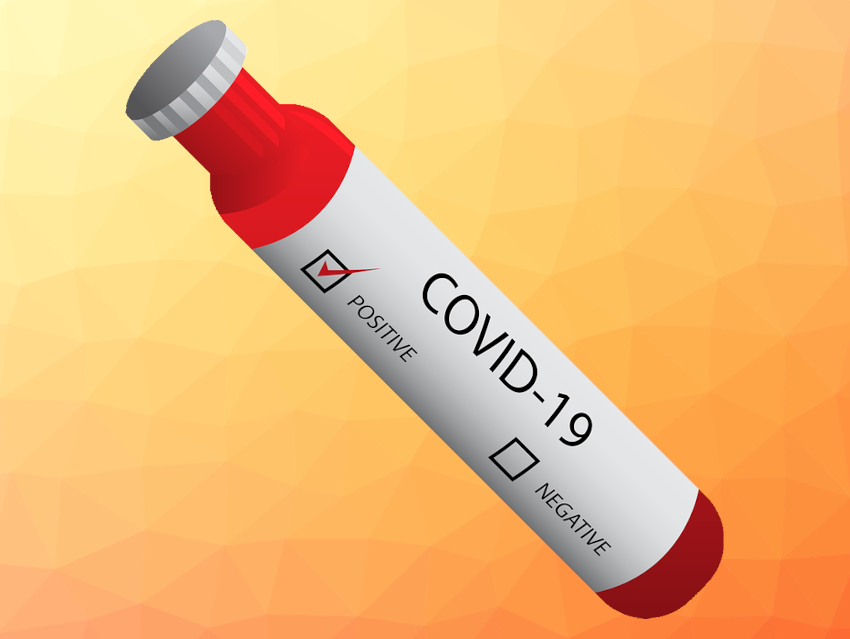When someone is infected with COVID-19, the body produces antibodies against the SARS-CoV-2 virus that causes the disease. These antibodies persist for some time after the infection. Thus, antibody tests can be used, e.g., to find out how many people in a population have been infected with COVID-19 in the recent past. They can also help to determine the efficacy of vaccines. Usually, this requires a blood draw for each patient, and testing many samples can be laborious and expensive.
Isabella Eckerle, Geneva University Hospitals and Faculty of Medicine, Switzerland, Benjamin Meyer, University of Geneva, Switzerland, Sebastian J. Maerkl, École Polytechnique Fédérale de Lausanne (EPFL), Switzerland, and colleagues have developed an immunoassay that can be used to test 1,024 samples for anti-SARS-CoV-2 antibodies in parallel while using ultralow-volume whole blood samples. This means no blood draw is needed, instead, samples can be collected in the form of a single drop of blood from a finger prick using standard blood glucose test equipment.
The microfluidic device the team used is about the size of a USB memory stick and has 1,024 unit cells, each consisting of a spotting chamber for the blood sample and an assay chamber that contains SARS-CoV-2 antigens. First, SARS-CoV-2–specific antibodies in the sample are allowed to diffuse into the assay chamber and bind to the immobilized antigen. Then, unbound material is washed away and a fluorescence-based indicator is added to the assay chamber to visualize the presence of antibodies bound to the antigen. For samples in which SARS-CoV-2 anti-spike IgG antibodies are present, this fluorescence can be detected using a microscope.
The researchers tested samples from 155 individuals infected with COVID-19 and 134 known negative samples. The assay achieved a sensitivity of 98 % and a specificity of 100 %, i.e., it detected existing antibodies against the virus correctly in 98 % of cases and gave no false positives. The method consumes much smaller amounts of reagents than standard assays, which reduces cost significantly. In addition, due to the parallelized high-throughput setup, a large number of antibody tests can be performed in a short time by a single researcher.
- A high-throughput microfluidic nanoimmunoassay for detecting anti–SARS-CoV-2 antibodies in serum or ultralow-volume blood samples,
Zoe Swank, Grégoire Michielin, Hon Ming Yip, Patrick Cohen, Diego O. Andrey, Nicolas Vuilleumier, Laurent Kaiser, Isabella Eckerle, Benjamin Meyer, Sebastian J. Maerkl,
Proc. Natl. Acad. Sci. 2021, 118, e2025289118.
https://doi.org/10.1073/pnas.2025289118
Also of Interest
- Collection: SARS-CoV-2 Virus
What we know about the new coronavirus and COVID-19



